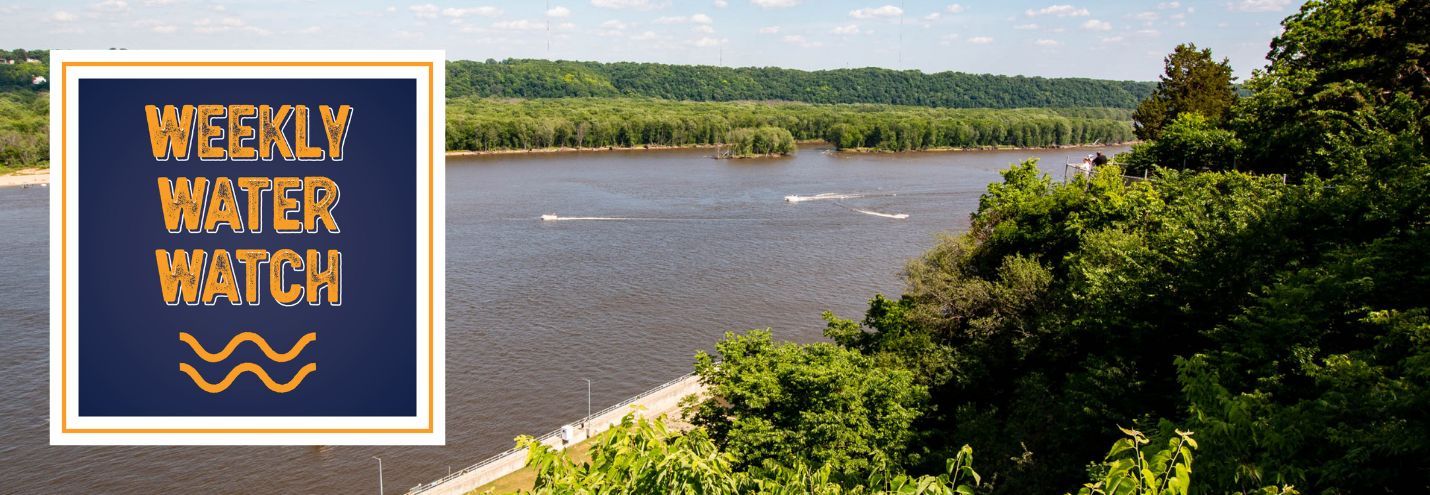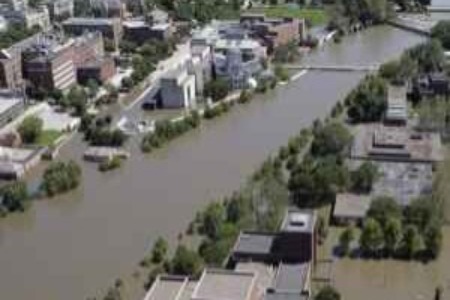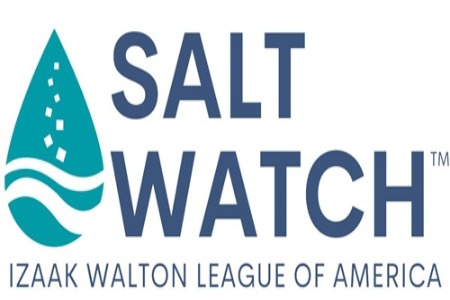|
|
 |
| 11 Beaches with an E. coli Advisory:
Backbone Beach (Dundee, Delaware County, IA)*
Beed’s Lake Beach (Hampton, Franklin County, IA)*
Black Hawk Beach (Lake View, Sac County, IA)*
Emerson Bay Beach (West Okoboji Lake, Milford, Dickinson County, IA)*
Lake Keomah Beach (Oskaloosa, Mahaska County, IA)*
Lake Macbride (Solon, Johnson County, IA)*
Lower Pine Lake Beach (Eldora, Hardin County, IA)*
McIntosh Woods Beach (Clear Lake, Ventura, Cerro Gordo County, IA)*
Nine Eagles Beach (Davis City, Decatur County, IA)*
Prairie Rose Beach (Harlan, Shelby County, IA)*
Union Grove Beach (Gladbrook, Tama County, IA)* 2 Beaches with a Microcystin Advisory:
Brushy Creek Beach (Lehigh, Webster County, IA)*
Lake Darling Beach (Brighton, Washington County, IA)* 2 City and County Beaches exceed the state’s advisory threshold for E. coli.*
View the map on our website to see where they are. *Data from the Iowa DNR State Park Beach Monitoring Program
**Data from the U.S. Army Corps of Engineers, Rock Island District |
|
Clean Water for All Members and Partners Respond to Sackett v. EPA Supreme Court Decision |
|
Clean Water for All is a coalition of organizations advocating for national clean water protections. The following is an excerpt from their post about the Sackett vs. EPA court decision, where they shared statements from coalition members. On May 25, the U.S. Supreme Court issued its decision in the landmark environmental case Sackett v. EPA, which concerns the extent to which big polluters can bulldoze wetlands and dump waste into our streams. The opinion – delivered by Justice Alito and joined by Justices Roberts, Thomas, Gorsuch, and Barrett – narrows the scope of the Clean Water Act by eliminating protections for wetlands, except in very limited circumstances. The Court has embraced the extreme demands of big polluters, undoing protections that have safeguarded our waters for over 50 years. This places our communities, public health, and local ecosystems in danger – especially those most vulnerable to pollution and intensifying climate disasters. Congress and state officials across the country need to act fast to protect water bodies that our nation relies on for drinking, fishing, and fueling local economies. Statement by Scott Strand, Senior Attorney, Environmental Law and Policy Center: “We are very disappointed with the Court’s decision. Everyone involved has understood for fifty years, since the Clean Water Act was passed, that protecting our nation’s lakes, rivers, and streams requires protecting upstream tributaries and adjacent wetlands as well. Wetlands hold and filter out pollutants, they retain stormwater and reduce flooding, they provide critical habitat for wildlife, and they soak up carbon. But now, contrary to the science and contrary to everyone’s reasonable expectations, most of those wetlands are going to lose federal protection. The Court clearly got this one wrong, at great cost to the environment and to taxpayers. Here in the Midwest, we have lost most of the wetlands the region once had, through indiscriminate drainage and development. The burden of protecting the wetlands we still have will now fall back on state and local governments, who have, at best, a checkered record. Unfortunately, the Court’s decision means dirtier water, more uncontrolled flooding, more net carbon emissions, and a significant loss of wildlife habitat.” Tom Kiernan, President and CEO of American Rivers, made the following statement: “The court’s ruling is a serious blow to wetlands, which are essential to clean, affordable drinking water, public health, and flood protection. Today’s ruling puts rivers and people at greater risk from pollution and harm. We urge state officials, the Biden Administration, and Congress to act quickly to safeguard rivers, wetlands, and streams that are so vital to our health and safety, environment, and economy. Rivers should unite us, not divide us. Without strong, science-based protections, the rivers and wetlands that are the lifeblood of our nation will suffer irreparable harm. We risk going backwards to a time of beach closures and rivers choked with pollution. This ruling will exacerbate environmental injustices as the worst impacts harm communities of color. American Rivers will continue to stand with local partners and frontline communities to secure equitable protections for rivers and clean water nationwide.”
|
|
|
|
|
|
|
|
 |
Drought Conditions Intensify After Another Dry Month Iowa experienced another dry month, with June providing 2.90 inches of rain, only 55 percent of normal. This continues the drier-than-normal trend seen in March, April, and May. The US Drought Monitor shows that nearly all Iowa faces some dryness or drought. This continued lack of rainfall is causing stream flow and soil moisture impacts across the state. “June is typically the wettest month of the year, so to have just a bit over half the normal rainfall for that month is troubling,” said Tim Hall, Iowa Department of Natural Resources coordinator of hydrology resources. For a more on Iowa’s water resource trends, visit www.iowadnr.gov/watersummaryupdate. |
|
|
 |
15th Anniversary of 2008 Floods The 15th anniversary of the 2008 floods reminds all Iowans of the damage that flood waters can do while encouraging us to take a look at the bigger picture of flood mitigation. The Gazette is marking the 15 year anniversary of the 2008 floods with a special section of resources. Since 2008, Iowa City and Coralville worked with the University of Iowa to establish the Iowa Flood Center to introduce new flood mitigation and monitoring efforts. In Cedar Rapids, the flood led city leaders to expand the river. Check out this interactive map to see the changes made to the Cedar River. Learn more about natural infrastructure solutions to flooding. |
|
|
|
 |
Izaak Walton League of America's Salt Watch Report In the 2022-2023 season of the Izaak Walton League of America’s Salt Watch Report, volunteers from across the country conducted more than 5,200 chloride tests. Twenty-five percent of those results showed unnaturally high chloride levels. High levels of chloride in drinking water may alter the taste of the water. Over time, high levels of chloride in water may also corrode pipes. In extreme cases, it can also impose serious health effects on humans. Fun Fact: thanks to a robust Save Our Streams Chemical monitoring network, Iowa submitted the most chloride readings of any state! Explore the data, view Iowa’s results, and see success stories from across the country. |
|
|
|
|
|
 |
|
|
What's new in Iowa's water news:
|
|
|
|
|
|
 |
|
|
|
|
Iowa Environmental Council
505 Fifth Ave., Suite 850
Des Moines, Iowa 50309-2317
515-244-1194 | iecmail@iaenvironment.org |
|
|
|
|
|